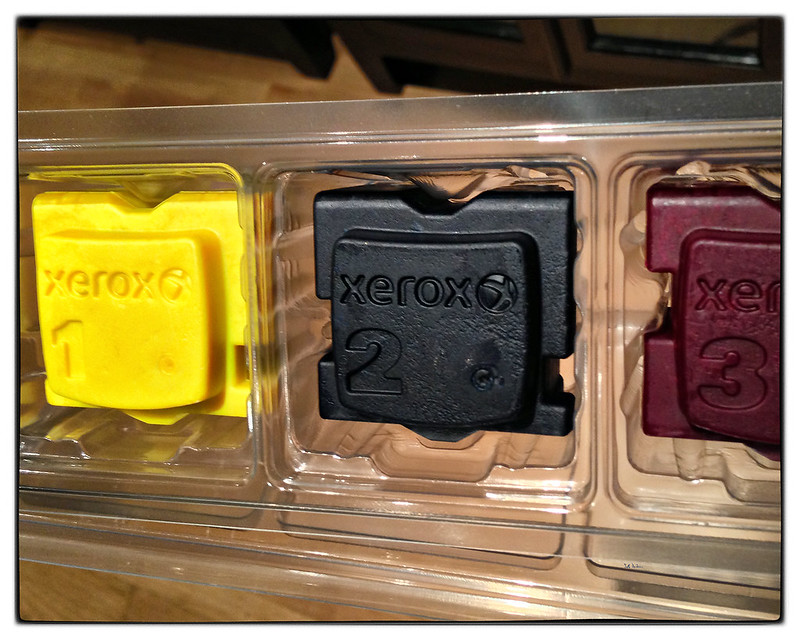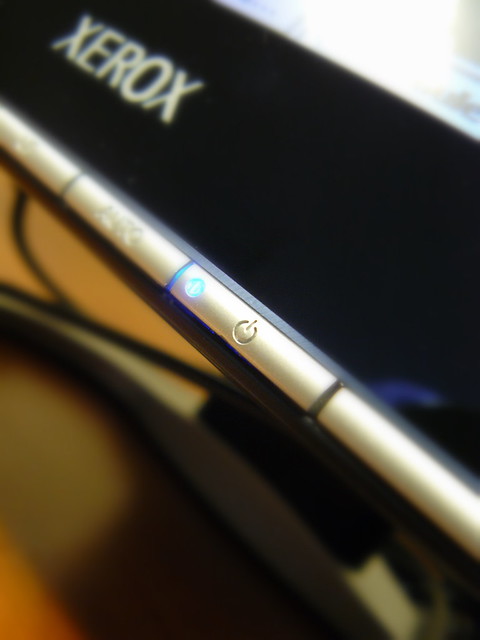Back in January of this year, Xerox announced that it had entered into a five year £9.2m agreement with the University of Nottingham to help better manage its diverse print resources.
The agreement was predicted to save the university 25% in print costs year on year, allow for the management of its printing operations from a central location, and reduce the number of printers from 3,700 devices down to 700.
In a blog post on the University of Nottingham’s Sustainable Nottingham site, Chris Carter, from IT Services posted on some of the results of the project:
The University now has:
- devices which are ‘Energy Star’ rated, go into a low power mode after 20 minutes of inactivity and to sleep overnight automatically,
- print jobs released only when present at the print device, thereby eliminating numerous uncollected prints,
- printing on both sides of paper set by default,
- paper with 75% recycled content,
- consumables provided just in time and stocks are reduced across the University,
- a ‘closed loop system’ where waste products are collected by Xerox, remanufactured or recycled, and put back into the supply chain.
The benefits of these changes are evident in the first 10 months of 2013 with:
- a saving in excess of 26,000 Kg of CO2
- more than 2 million sheets of paper – equivalent to 132 trees – being saved by purging print jobs not released for print
- 76% of all print jobs now printed duplex
There have also been many fewer deliveries by third party suppliers to University campuses, the on-site team use an electric vehicle to deliver paper and consumables and the on-site engineer walks to many jobs rather than having field engineers visiting campus by car.
Xerox are managing out of the University all waste ink and toner cartridges through their reprocessing streams and will be working with us to ensure appropriate recycling or further use of any unused consumables.
As the rationalisation of desktop devices is completed over the coming weeks, the impact of these savings and increased sustainability of The University of Nottingham will only increase.
That’s a nice list of benefits for the university in the first 10 months of this agreement. We’re also told that this programme has saved the university approximately £2m so far, so it should achieve a return on investment within the lifetime of the project. Nice.



